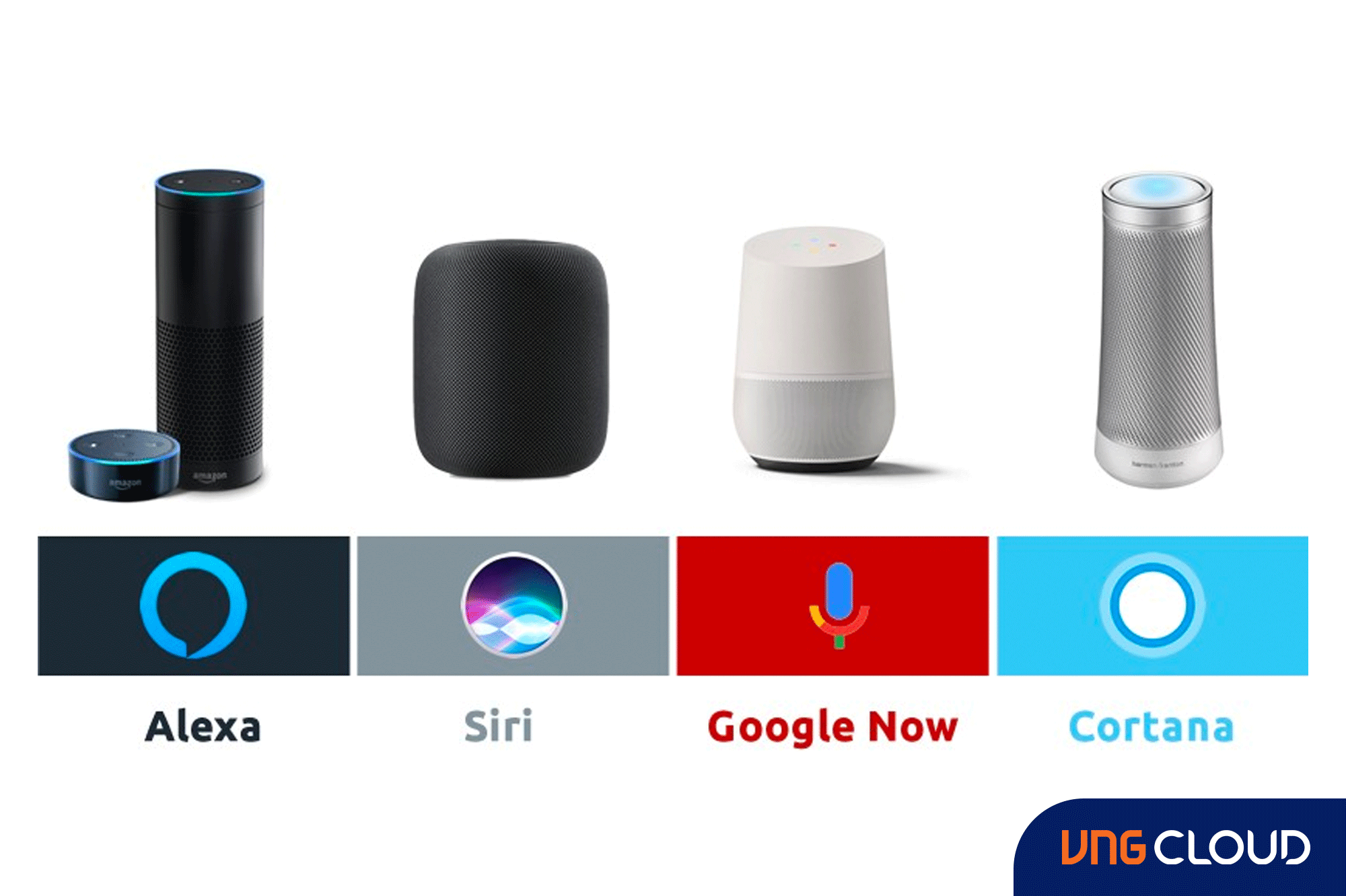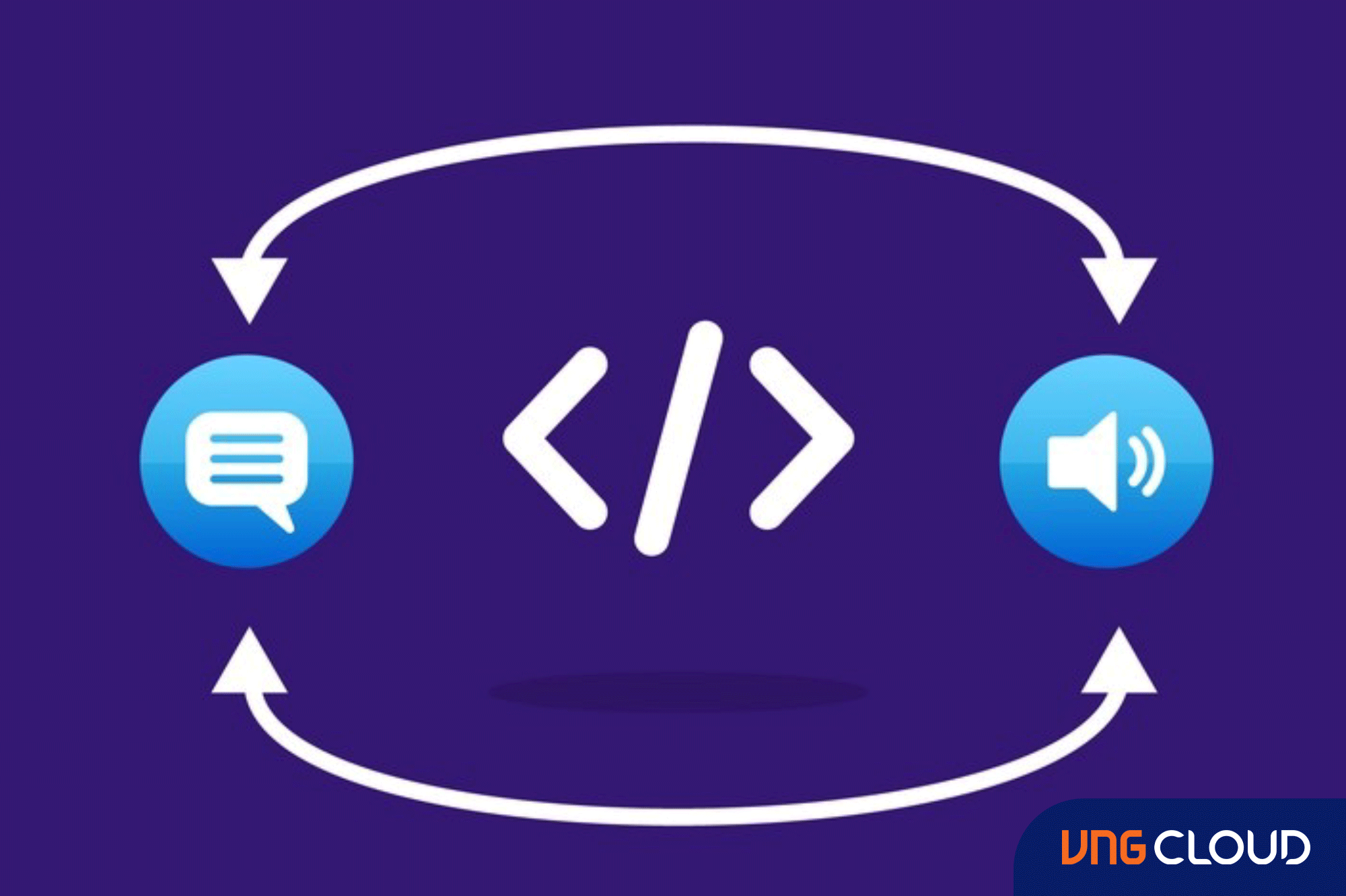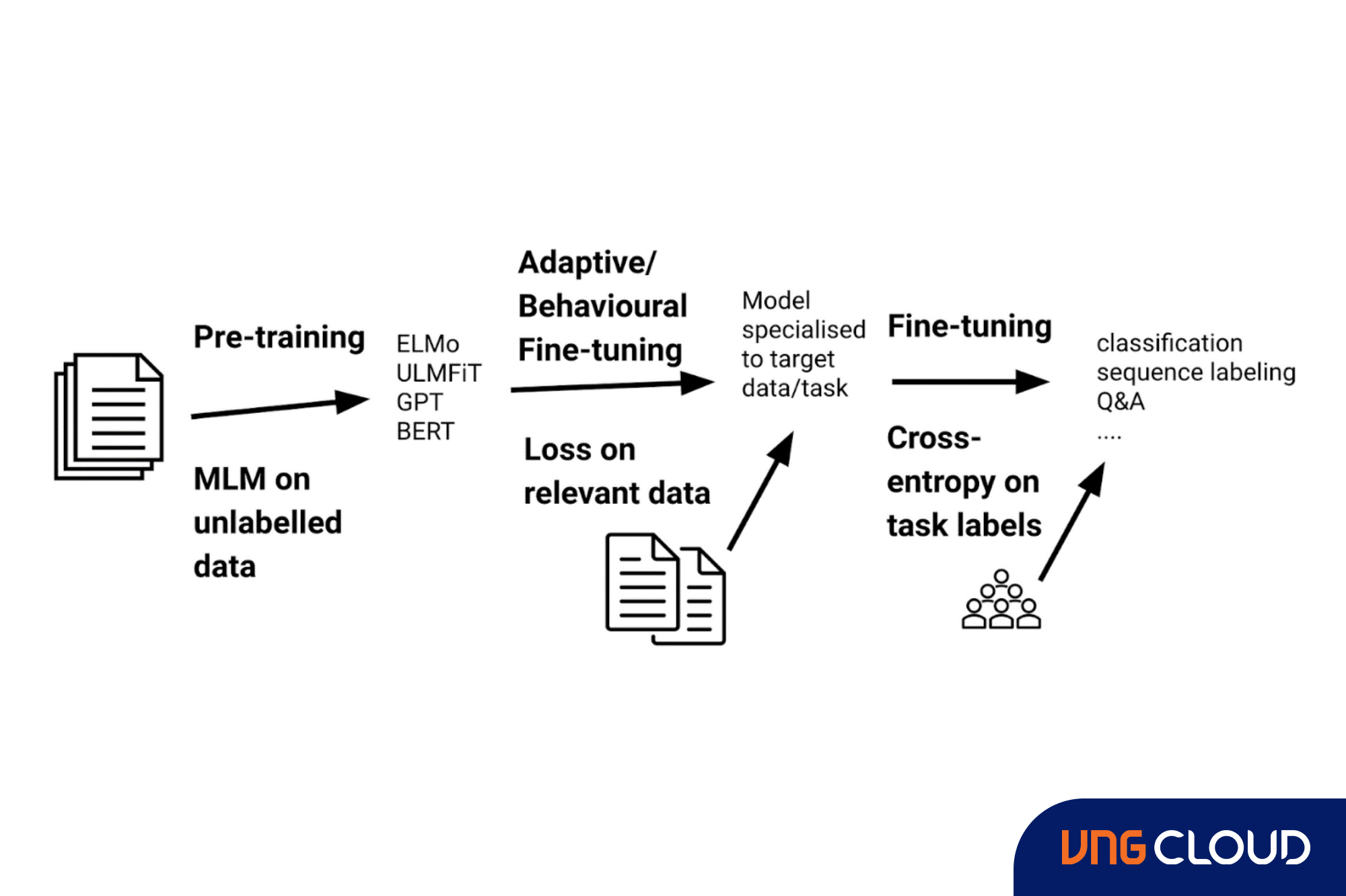In part 1, we gained insights from the top 7 NLP projects, and our journey continues with the exploration of 6 more captivating projects in part 2. These projects span a wide range of NLP applications and can assist you in refining your skills in comprehending and processing human language through machine learning techniques.
8. Smart Home Voice Assistants
Revolutionizing smart home automation, voice assistants empower users to control various devices through natural language interactions, enhancing overall user experience and convenience.

Objective
This project aims to develop an NLP-powered voice assistant capable of efficiently controlling smart home devices through voice commands, fostering automation and simplifying device control.
Dataset Overview and Data Preprocessing
The project requires a dataset of voice commands and corresponding device control actions. Data preprocessing involves converting audio data into text representations and managing user commands with diverse intents.
Queries for Analysis
- Create an intuitive voice assistant that comprehends and responds to voice commands.
- Integrate the voice assistant with smart home platforms for seamless device control.
Key Insights and Findings
The NLP-powered voice assistant is expected to empower users to interact naturally and efficiently with their smart homes, promoting automation and enhancing the overall user experience in controlling smart devices.
9. Creating Chatbots
Creating Chatbots poses a challenging NLP project, requiring the construction of highly sophisticated conversational agents capable of managing interactive and engaging user dialogues. Chatbots find exclusive applications in customer service, virtual assistants, and various other domains.

Objective
The objective of creating chatbots is to construct effective conversational AI agents capable of engaging in contextually appropriate and interactive conversations with users across multiple domains.
Dataset Overview and Data Preprocessing
To train the chatbot, a conversational dataset containing user-bot interactions and corresponding responses is required. Data preprocessing involves tokenization, managing dialogue history for context-aware responses, and preparing input-target pairs.
Queries for Analysis
- Develop a chatbot that understands user intents and provides contextually relevant responses.
- Evaluate the chatbot’s performance through user satisfaction surveys and automated tests.
Key Insights and Findings
The AI chatbot aims to enhance user experience and customer support services by streamlining workflows and providing personalized interactions, thereby increasing user engagement and satisfaction.
10. Speech Technologies: Text-to-Speech and Speech-to-Text
Text-to-Speech (TTS) and Speech-to-Text (STT) stand as crucial components of Natural Language Processing, enabling effortless communication between humans and machines. TTS produces written text in a human voice, while STT converts spoken words into written text, contributing to enhanced accessibility and seamless user interaction across various applications.

Objective
The objective of Text-to-Speech (TTS) and Speech-to-Text (STT) is to devise a bidirectional NLP system capable of translating written text into human-like voice and transcribing spoken words into written text.
Dataset Overview and Data Preprocessing
For TTS, a dataset containing paired text and audio data is required for training the speech synthesis model. Data preprocessing involves converting the text into phonemes and preparing audio features. For STT, an audio dataset with transcriptions is needed. Data preprocessing includes extracting relevant features from the audio data.
Queries for Analysis
- Convert written text into human-like speech (TTS).
- Transcribe spoken words into written text (STT) with high accuracy.
Key Insights and Findings
The bidirectional NLP system is anticipated to facilitate seamless interactions between humans and machines. TTS will generate human-like speech, enhancing the engagement and accessibility of user interfaces. STT will enable automatic speech transcription, facilitating efficient processing and analysis of spoken information. The system's accuracy and performance are expected to enhance user experience and broaden the application of voice-based technologies.
11. Emotion Detection
Emotion Detection stands as a valuable NLP task focused on recognizing and comprehending emotions conveyed through text. Its applications span sentiment analysis, customer service, and open human-computer interaction.

Objective
The goal of this project is to develop an NLP system capable of comprehending emotions, including happiness, sorrow, rage, and others, conveyed through spoken or written words.
Dataset Overview and Data Preprocessing
To train the emotion detection model, an annotated dataset of text or speech data with labeled emotions is required. Data preprocessing involves feature extraction and preparing the data for emotion classification.
Queries for Analysis
- Recognize emotions from spoken utterances.
- Evaluate the model’s accuracy in emotion detection using metrics such as accuracy and confusion matrix.
Key Insights and Findings
The emotion detection model is expected to enhance the understanding of user sentiments, allowing for tailored responses based on users' emotional states and improving various NLP applications.
12. Fine-Tuning Language Models
Fine-tuning language models is a potent technique in NLP, entailing the adaptation of pre-trained language models to excel in specific tasks. This process enhances model performance even when working with limited labeled data.

Objective
The goal of this project is to fine-tune a pre-trained language model specifically for a chosen NLP task, such as sentiment analysis or named entity recognition.
Dataset Overview and Data Preprocessing
Fine-tuning the model requires a dataset relevant to the selected task. Data preprocessing involves preparing the data to align with the language model’s input requirements.
Queries for Analysis
- Fine-tune the pre-trained model on the target task.
- Evaluate the model’s performance and compare it with the baseline model.
Key Insights and Findings
The fine-tuning process is expected to significantly enhance the model’s performance on the target task, showcasing the effectiveness of transfer learning in NLP.
13. Motivational Quote Generator
The Motivational Quote Generator is an imaginative NLP project that constructs a model capable of generating inspiring and uplifting quotes, driven by input keywords or themes.

Objective
The objective of this project is to develop an NLP model capable of generating inspiring quotes to motivate and uplift users.
Dataset Overview and Data Preprocessing
Training the quote generator necessitates a dataset containing quotes with associated keywords or themes. Data preprocessing involves tokenization and preparing the data for language generation model training.
Queries for Analysis
- Generate inspiring quotes based on input keywords or themes.
- Evaluate the quality and coherence of generated quotes to ensure meaningful and motivational phrases.
Key Insights and Findings
The inspiring quote generator is expected to offer users personalized motivational quotes, fostering positivity and encouragement. It can be seamlessly integrated into various applications and platforms to spread inspiration.
Conclusion
Working on NLP projects can enhance your expertise in language processing and data analysis. Unlocking the full potential of NLP opens up a realm of opportunities, ranging from crafting advanced chatbots to deploying voice assistants.
At VNG Cloud, we pride ourselves on offering cutting-edge solutions designed to seamlessly integrate with AI applications. Our suite of cloud products caters to diverse needs, from robust infrastructure to scalable computing resources. To explore the full spectrum of our offerings, click here.